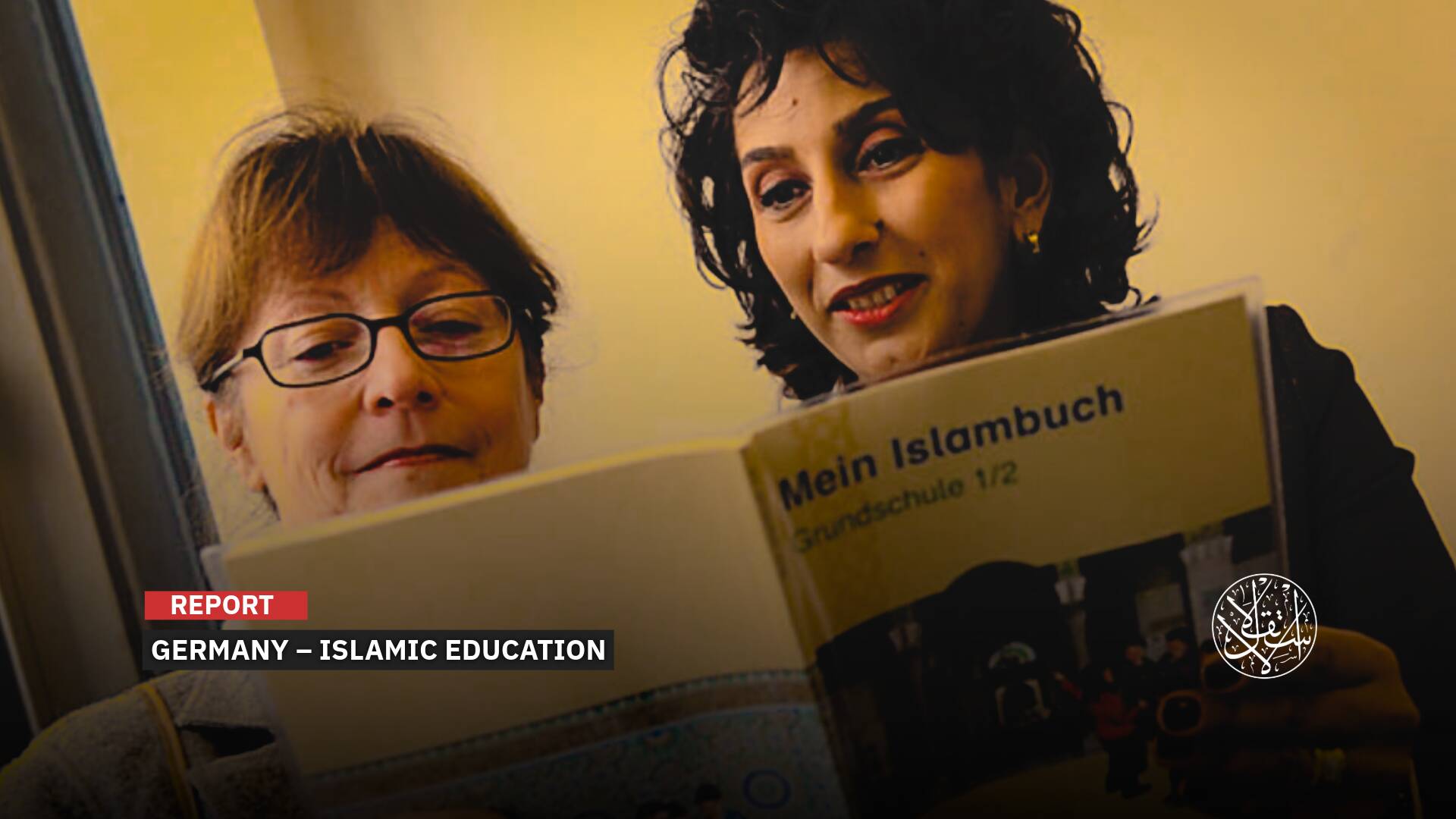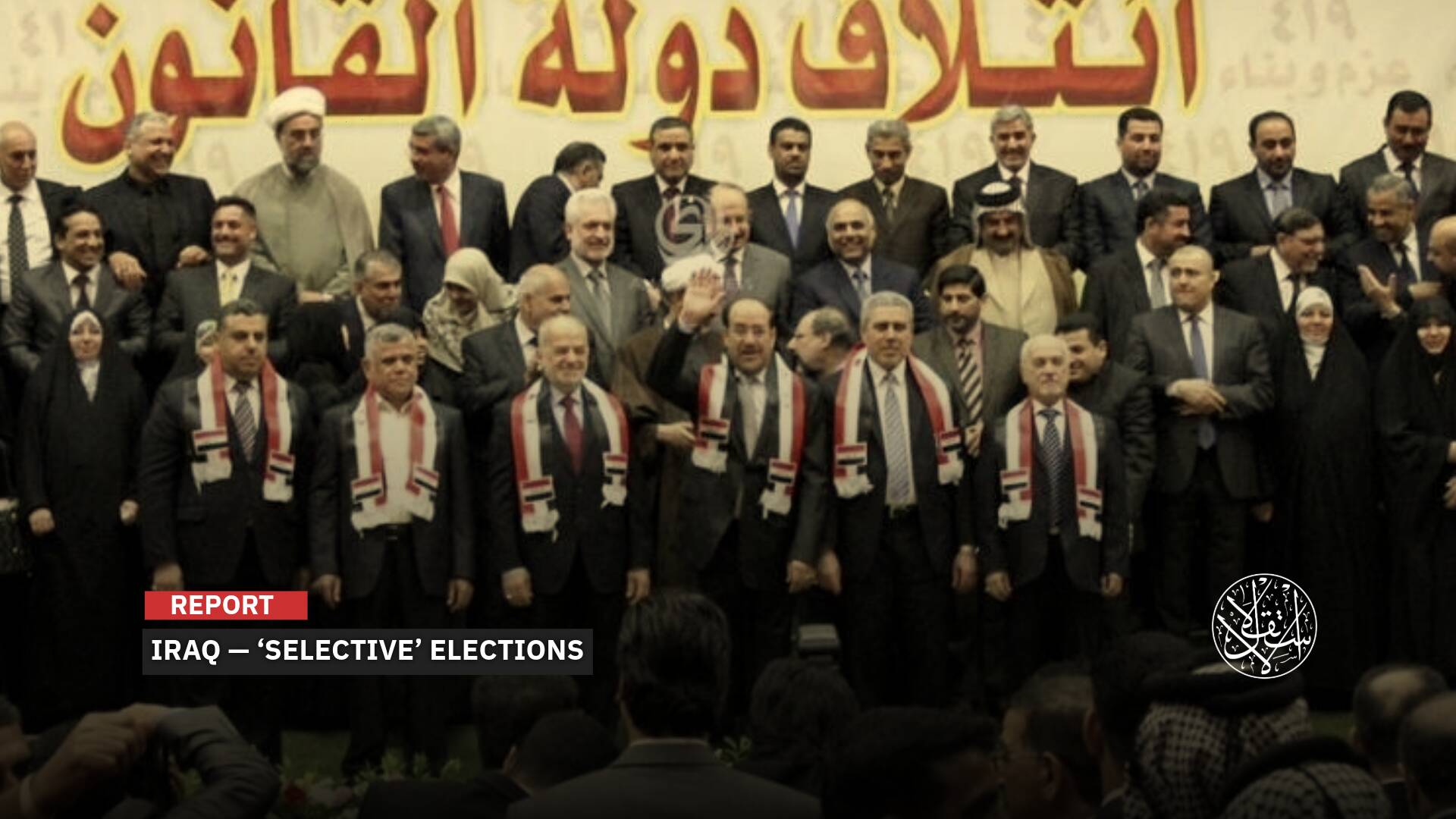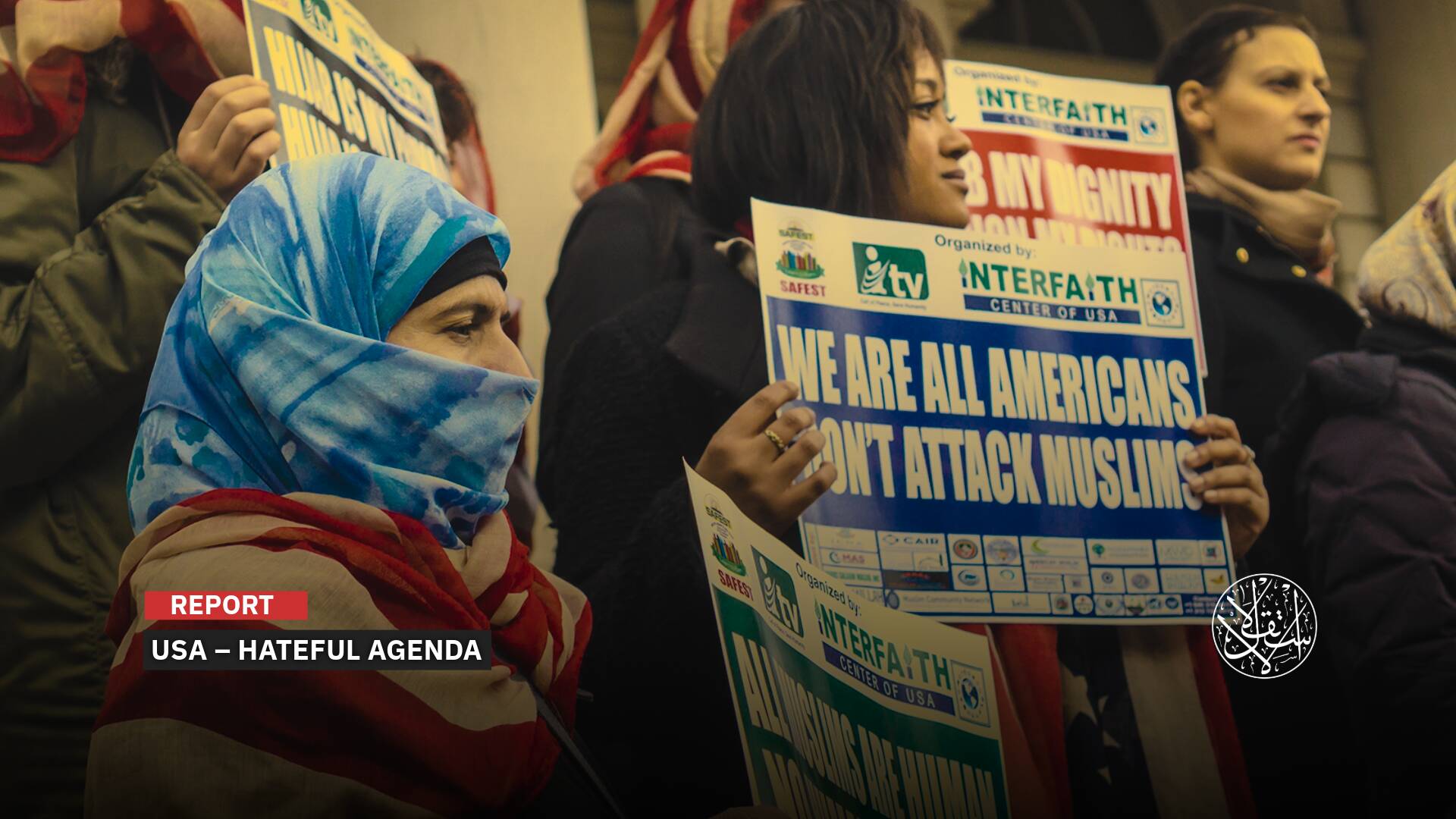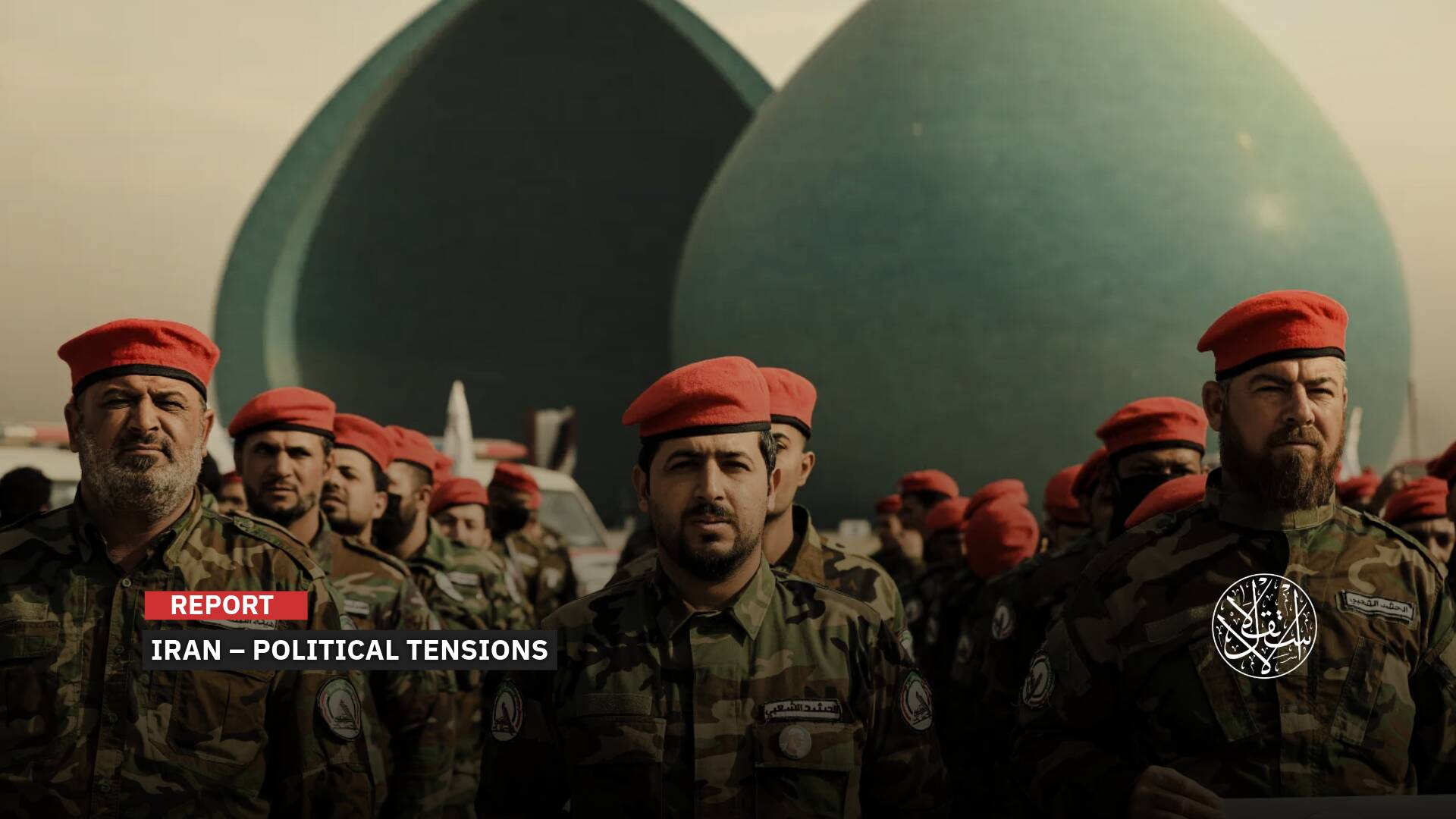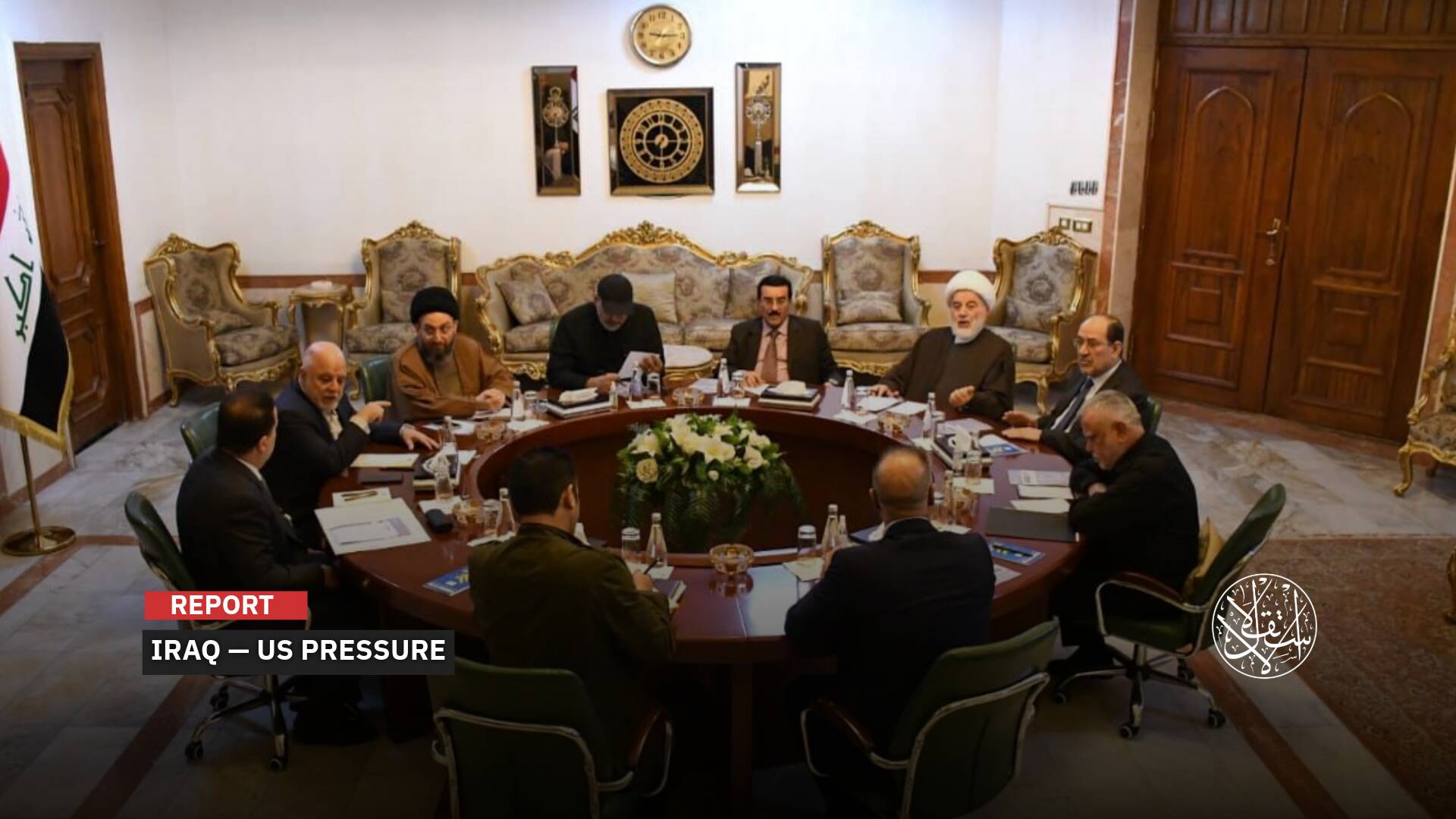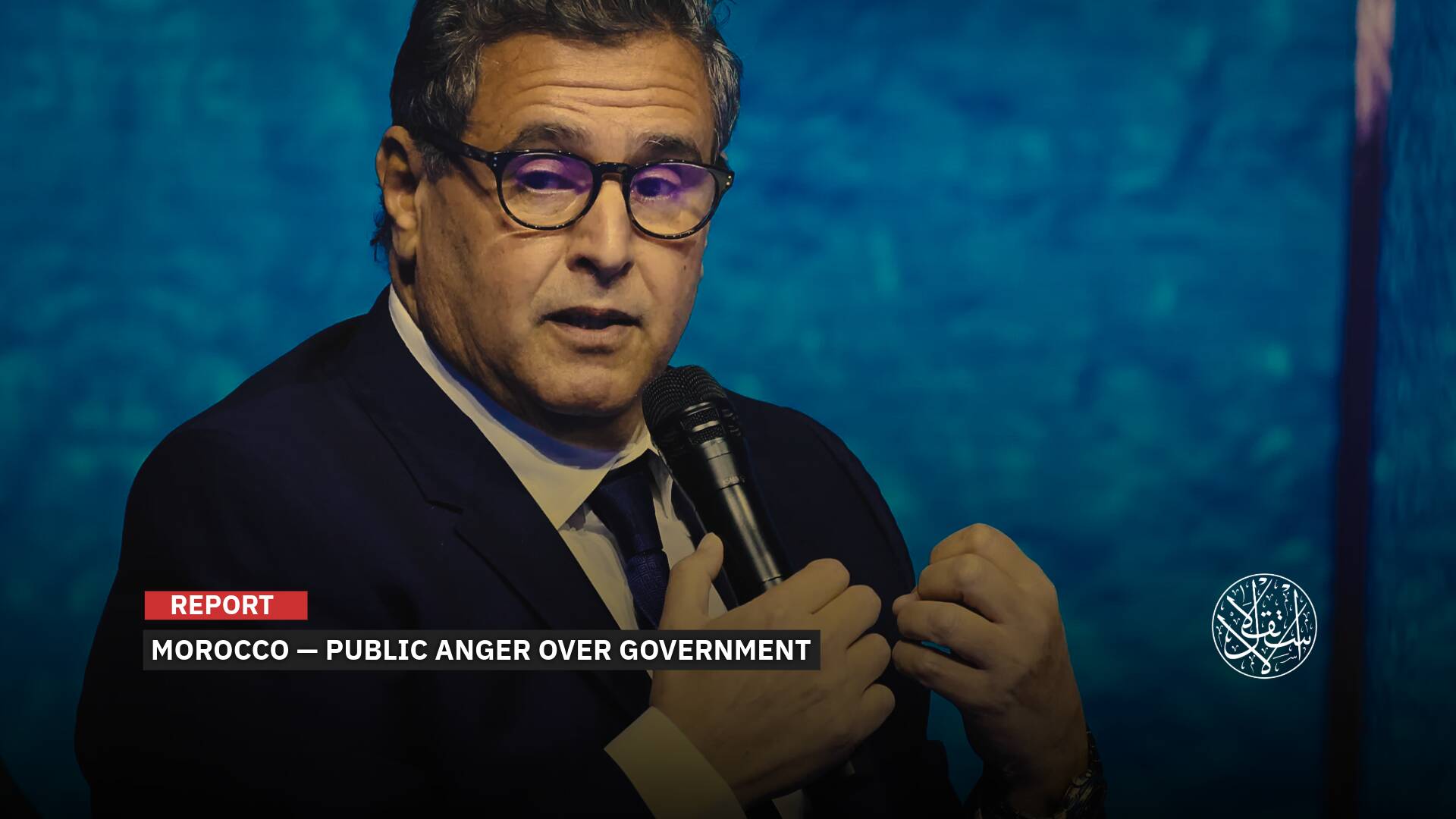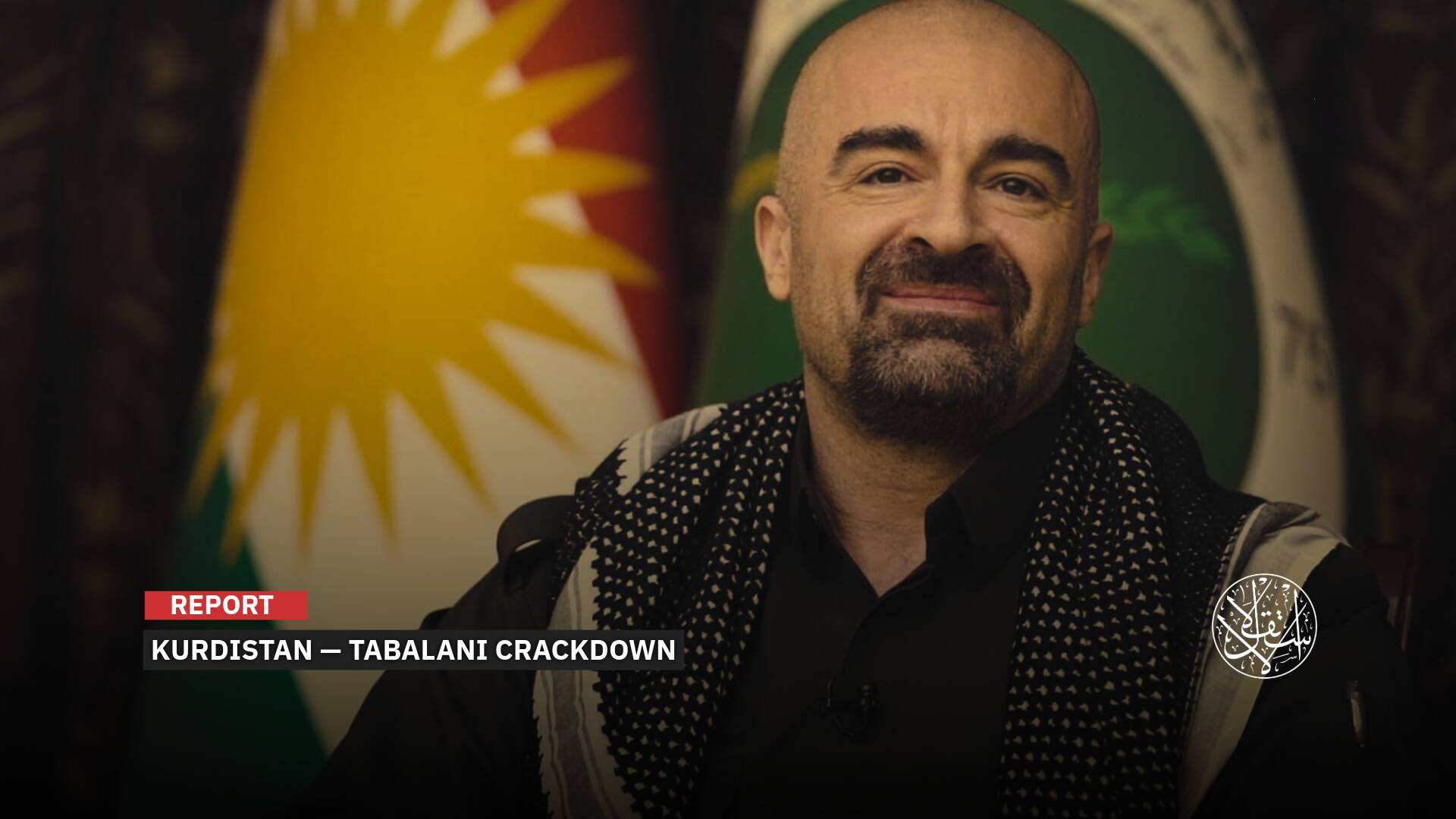This Is How the Interests and Ambitions Deepened the Conflict Between the UAE and Saudi Arabia

An American newspaper revealed that the Saudi–Emirati alliance is witnessing divergence at various levels, especially after the failure of all efforts to bring views closer between Saudi Crown Prince Mohammed bin Salman and UAE President Mohammed bin Zayed.
It is noteworthy that Mohammed bin Zayed (61 years) was a mentor to Mohammed bin Salman (37 years) at one time, but the paths of the two men parted recently with Saudi endeavor to strengthen Riyadh’s position as a center for money, business and decision-making in the region at the expense of Abu Dhabi.
The newspaper brought up a number of dispute files that expanded the area of conflict between Riyadh and Abu Dhabi, most notably the conflicting agenda regarding the Yemen war, as well as Saudi Arabia forcing international companies to move their headquarters from Dubai to Riyadh, in addition to the Saudi efforts to take over the aviation sector in the region, not to mention the dispute within OPEC+.
The recent disputes between the two Gulf neighbors and the two allies are not the first in the history of their relationship, but the momentary need, whether political or economic, united them in recent years against many enemies in the region, such as Iran, Turkiye, and Qatar.
Saudi–Emirati Tension
The Wall Street Journal highlighted the tension inherent in the relationship between the Saudi Crown Prince, Mohammed bin Salman, and UAE President, Mohammed bin Zayed, describing the full details of the scenes of 6 months of tension between two outwardly friends who compete to the point of internal hostility.
The newspaper stated that bin Salman gathered local journalists in Riyadh in a rare informal briefing in December 2022 and delivered a stunning message in which he said that the UAE, Saudi Arabia’s ally for decades, has stabbed them in the back.
“I will show them what I can do,” bin Salman added, according to people who were at the meeting, threatening to take measures beyond what happened with Qatar in June 2017.
The newspaper also indicated that the dispute between bin Salman and bin Zayed reflects a competition for geopolitical and economic power in the Middle East and global oil markets.
It pointed out that the two members of the royal family, who spent nearly a decade rising to the top of the Arab world, are now competing over who has the upper hand in the Middle East in light of the decline of the role of the United States in the region.
Bin Salman is also in talks with the United States about officially recognizing “Israel,” which the UAE did in 2020.
In an effort to ease tensions, Saudi Arabia and the UAE exchanged statements outlining their points of complaint and their demands for change, according to officials from both countries.
In an apparent response to Saudi complaints, the UAE president privately warned the Saudi crown prince late last year that his actions were undermining relations between the two countries.
Gulf officials said bin Zayed accused bin Salman of getting too close to Russia with its oil policies and taking risky steps, such as the diplomatic agreement with Iran, without consulting the UAE.
Saudi Arabia and Iran announced reconciliation in March 2023 through an agreement brokered by China, nearly seven years after the kingdom cut ties with Iran.
The Wall Street Journal quoted US officials as saying that “they are concerned that the Gulf rivalry complicates the tasks of creating a unified security alliance to confront Iran, end the eight-year war in Yemen, and expand diplomatic relations between Israel and Arab countries.”
An American official indicated that “the ambition of the two parties to take over the region and the escalation of their conflict is not beneficial to Washington, stressing that it does not seem that bin Salman is comfortable with the presence of bin Zayed while he is competing with him.”
On her part, Dr. Dina Esfandiary, a senior advisor on the Middle East and North Africa at the International Crisis Group, explained that tensions have escalated between the UAE and Saudi Arabia recently, noting that the reason is that bin Salman wants to get out of the shadow of bin Zayed.

Yemen War and OPEC+
In a related context, the Wall Street Journal revealed the escalation of disputes between the UAE and Saudi Arabia regarding the future of the war in Yemen, with the conflicting interests and aspirations of the two parties, and the UAE’s signing, last year, of a security agreement with the Presidential Leadership Council, which drew an angry reaction from Riyadh.
The newspaper stated in its report that the escalating disputes between Abu Dhabi and Riyadh threaten the course of ending the war in Yemen and contribute to striking the country’s unity and dragging it towards division.
It reported that it is a harbinger of an imminent confrontation between the armed factions of both Saudi Arabia and the UAE, which are stationed in the governorates under their control in southern Yemen.
It pointed out that there was a disagreement between bin Zayed and bin Salman as a result of the UAE signing a security agreement with the Saudi-backed Presidential Leadership Council. As the agreement provides for granting Abu Dhabi the right to intervene in Yemen and the waters off its coast, which Saudi officials considered as a challenge to their strategy in Yemen.
The newspaper added that the presence of forces loyal to the UAE in Hadhramaut is categorically rejected by Saudi Arabia, because it threatens Riyadh’s plans to extend pipelines from its lands to the Arabian Sea through Hadhramaut and al-Mahrah.
In response, the Saudis deployed Sudanese forces from the Arab coalition into areas close to Emirati operations, a move Emirati officials viewed as an intimidation tactic, Gulf officials said.
The newspaper reported that the UAE, which withdrew its forces from the coalition, continues to support separatist movements in the south, and if the Saudis withdraw from Yemen now, it means that the north controlled by the Houthis will ally with Iran, and the south will ally with the Emirates, which will pull the rug from under Riyadh and leave it no power in the region.
In addition, the increase in global oil prices also created new divisions in the Organization of the Petroleum Exporting Countries (OPEC+), which is led by Saudi Arabia.
As the OPEC+ organization obligated the UAE in October 2022 to significantly reduce the quantities of oil production in order to raise the price of crude, which affected the UAE’s oil revenues.
Press reports had revealed earlier that the UAE was conducting internal discussions about withdrawing from OPEC+ in a decision that could shake the stability of the organization and undermine its influence on global oil markets.
The Emirati leadership has been discussing the idea of withdrawing from OPEC+ for years without action, but Emirati officials say that recent disagreements with Saudi Arabia have revived the idea.

Growing Rivalry
Since the cooling of relations between Saudi Arabia and the UAE at the end of last year, the policy of vacant chairs has increased significantly between the two countries, based on the absence of each side from the summit meetings held by the other side, according to what the French website Intelligence Online said in a report last May.
UAE president did not participate in each of the Arab summits that Mohammed bin Salman called for in conjunction with the visit of Chinese President Xi Jinping to Riyadh in December 2022 and the meeting of foreign ministers of the Gulf Cooperation Council countries, which was held in Jeddah, Saudi Arabia, in March 2023. Bin Zayed also did not comment on the Arab League’s vote in May 2023 to allow The Syrian regime to return to the league.
While the Saudi Crown Prince was not present when Mohammed bin Zayed met Arab leaders at a regional summit, which was hastily arranged in the UAE in January 2023, and at another meeting organized by bin Zayed on Saadiyat Island, off the coast of Abu Dhabi, it was attended by leaders of several Arab countries, namely Qatar and Bahrain, Oman, Egypt, and Jordan.
Foreign Policy magazine published a report on July 12, in which it said that the fighting between the two rival generals in Sudan is not just an internal conflict but rather extends to a competition between the UAE and Saudi Arabia to enhance their regional presence and control of Sudan.
It indicated that Saudi Arabia and the UAE consider the war an opportunity to consolidate their dominant position in the Middle East, and while Saudi Arabia supports Al-Burhan, the UAE supports his rival, Hemedti.
Last March, bin Salman announced the establishment of a second national airline to compete with the highly-rated Emirates Airlines.
Last February, Bloomberg Agency revealed the existence of an economic conflict that threatens the alliance and friendship between Saudi Arabia and the UAE, despite their common interests, expecting an intensification of competition between them as they deplete their oil and gas wealth.
On his part, American writer and journalist Bobby Ghosh explained that the economic rivalry between Riyadh and Abu Dhabi would threaten their alliance, noting that the two countries are seeking to achieve common goals, which puts them on a collision course.
According to Bloomberg, Ghosh said that Riyadh and Abu Dhabi are seeking economic diversification by expanding in the same sectors, such as tourism, financial services, logistics, and technology.

In early 2021, the Financial Times published a report that the Saudi crown prince was leading an aggressive campaign to persuade multinational companies, from Google to Siemens, to move their regional headquarters from Dubai to Riyadh, in defiance of Dubai’s position as an international business center within the region.
In light of a state of raging competition between the two parties, Saudi Arabia announced in mid-February 2021 its intention to stop contracting with any foreign company or commercial establishment that has a regional headquarters in the region outside the kingdom, starting from the beginning of the year 2024.
Analysts say that tensions between Saudi Arabia and the UAE have been increasing for a long time as the two countries reassess the balance of power in their bilateral relationship, as is the case on the regional and international scene.
It is not yet known to what extent these differences will extend and if they will lead to the collapse of the alliance between them, which for years seemed to be the strongest in the Gulf and the Arab region at a time when its fires were disappearing under the ashes.
Sources
- The Best of Frenemies: Saudi Crown Prince Clashes With UAE President
- Saudi Arabia and U.A.E. Clash Over Oil, Yemen as Rift Grows
- Saudi and UAE officials struggle to patch up differences between MbS and MbZ
- Saudi Arabia tries to lure multinationals from Dubai
- Saudi Arabia and the UAE Are on an Economic Collision Course
- With friends like these: Gulf powers Saudi and UAE clash over oil and strategy as rivalry grows


